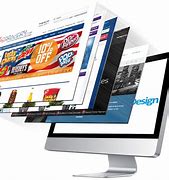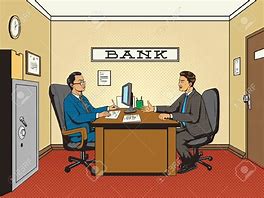How to Become a Web Designer in India
Table of Contents
What is Web Design?
How to Become a Web Designer in India: Web design is the process of creating the visual layout, structure, and overall aesthetics of websites. It involves combining creativity, technical skills, and user-centric design principles to craft engaging and functional websites.
Why is Web Design Important?
Effective web design is crucial because it directly impacts user experience. A well-designed website not only attracts visitors but also keeps them engaged and encourages them to take desired actions, such as making a purchase or subscribing to a newsletter.
Skills Needed
To become a successful web designer in India, you’ll need a diverse skill set that includes:
Graphic Design
Graphic design skills are essential for creating visually appealing layouts, selecting color schemes, and designing logos and graphics.
Coding and Programming
Proficiency in coding languages like HTML, CSS, and JavaScript is necessary to bring your design concepts to life on the web.
UX/UI Design
Understanding user experience (UX) and user interface (UI) design principles is crucial for creating websites that are intuitive and user-friendly.
Educational Requirements
Deciding how to acquire your web design skills is the first step in your journey:
Formal Education vs. Self-learning
You can choose to pursue a formal degree in design or opt for self-learning through online courses and tutorials.
Reputable Courses and Institutions
Consider enrolling in respected design programs or online platforms like Coursera, edX, and Udemy.
Building a Portfolio
Potential clients or companies can see your skills and creativity in your portfolio. Start building it through:
Personal Projects
Undertake personal web design projects to demonstrate your abilities.
Freelancing
Freelance web design gigs allow you to gain real-world experience and expand your portfolio.
Internships
Interning with established web design firms provides valuable insights and networking opportunities.
Mastering Design Tools
Proficiency in design software is essential:
Adobe Creative Suite
Photoshop, InDesign, and Adobe Illustrator are examples of industry-standard software.
Sketch
Sketch is popular among web designers for its vector-based capabilities.
Figma
Figma is a collaborative design tool that facilitates teamwork on projects.
Learning Web Technologies
Understanding web technologies is fundamental:
HTML/CSS
These are the building blocks of web design.
JavaScript
JavaScript adds interactivity and functionality to websites.
Responsive Design
Develop the skill to make websites that fit various screen sizes.
Networking and Building Contacts
Networking is key to finding opportunities:
Attending Conferences
Web design conferences and meetups offer networking and learning opportunities.
Joining Online Communities
Participate in web design forums and groups to connect with peers.
Staying Updated
Web design is ever-evolving:
Keeping Up with Design Trends
Stay updated with the newest design trends and technologies.
Continuous Learning
Consider taking advanced courses to enhance your skills.
Creating a Personal Brand
Establish your online presence:
Personal Website
Create a portfolio website to showcase your work.
Social Media Presence
Engage with the design community on platforms like LinkedIn and Behance.
Searching for Job Opportunities
Look for web design jobs in various places:
Job Portals
Websites like Naukri.com and LinkedIn Jobs list web design vacancies.
Company Websites
On their official websites, many businesses publish employment openings.
Freelance Platforms
Platforms like Upwork and Freelancer offer freelance opportunities.
Preparing for Interviews
Prepare for job interviews effectively:
Mock Interviews
Practice answering common web design interview questions.
Portfolio Presentation
Present your portfolio confidently during interviews.
Starting Your Own Web Design Business
Consider entrepreneurship:
Business Planning
Develop a business plan and identify your target market.
Legal Formalities
Register your company and follow all legal rules.
Work-Life Balance
For long-term success, maintaining a work-life balance is essential:
Avoiding Burnout
Take breaks and avoid overexerting yourself.
Time Management
Utilize time management techniques to finish projects on schedule.
Success Stories
Get inspired by renowned web designers in India who have made their mark in the industry.
Conclusion
Becoming a web designer in India is an exciting journey filled with creativity and opportunity. By honing your skills, networking, and staying updated, you can embark on a successful career in this dynamic field.
FAQs
What qualifications do I need to become a web designer in India?
While formal education can be helpful, many web designers are self-taught. Focus on building a strong portfolio of work to showcase your skills.
How can I stay updated with the latest web design trends?
Subscribe to design blogs, attend conferences, and participate in online communities to stay informed about industry trends.
Is it necessary to learn coding for web design?
Yes, coding is essential for web design. Proficiency in HTML, CSS, and JavaScript is highly beneficial.
What are the job prospects in India for web designers?
Web design is a thriving field in India, with opportunities in web development firms, digital agencies, and freelance work.
How long does it take to become a skilled web designer?
The timeline varies depending on your dedication and the resources you invest in. Some become skilled in a few months, while others may take longer.




